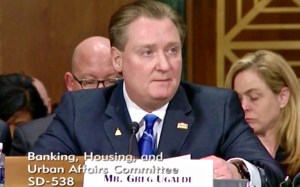Federal Flood Insurance Program Could Lapse and Jeopardize Home Sales
The National Flood Insurance Program (NFIP) is facing a short-term lapse and any home buyers who require federal flood insurance are encouraged to move any June closings up to May 31 if possible.
The NFIP is due to expire at 11:59 p.m. on May 31. The Senate has approved two bills to extend the program. The first bill is part of a disaster relief legislative package that would extend the NFIP through Sept. 30. The second bill is a stand-alone measure that provides for a two-week extension.
With Congress out of session this week for the Memorial Day recess, it appears the House will fail to gain a unanimous consent on a voice vote for the two-week extension. The House has tried twice to gain unanimous consent but was blocked by Reps. Chip Roy (R-Texas), Thomas Massie (R-Ky.) and Alex Mooney (R-W.Va.).
This could result in a short-term shutdown of the NFIP until Congress returns in the first week of June.
Congress requires all properties within the 100-year floodplain that are purchased with a federally backed mortgage to carry flood insurance. So a short-term shutdown means that insurers and insurance agents cannot sell or renew flood insurance policies backed by the program because of a lack of government funding. This means that new or renewing federal flood insurance policies will not be written during the lapse in the program.












